Colocasia ‘Black Magic’ turning brown around leaf edges
ethanwes
6 years ago
Featured Answer
Comments (7)
christine 5b
6 years agoethanwes
6 years agoRelated Discussions
Black Magic Elephant ear plant
Comments (16)I took my two Black Magic plants out of the pond a couple weeks ago to let them start drying out before winter. I cut the largest leaves off and trimmed the plants up a lot. When I pulled them out of the pond in their pots there were many leaf stems that had grown outside the pot and the part of the plant that was outside the pot had what looked to be large leaf nodes that had spouted small roots. I cut those off and put them in a large glass container of rain water. I hope to have baby Black Magic Elephant Ear by Spring. I will keep the root cuttings in the house all winter and change out the water every couple weeks with fresh rain water and hope for the best. I have about 10 cuttings in the gal size glass container and they have grown a lot in the two weeks....See MoreBegonia problem: brown spots from leaf center, please help!
Comments (9)Hi Krolik, How's your plant doing? Here are a couple of thoughts. 1, Travel can be stressful for plants, they can pick up exposure to who knows what. 2, Bathroom humidity, It may not dry out enough, in there, to kill unwanted organisms, or let the plant cells move water. Consider moving the plant out of there for a few days, or a couple of weeks. Just give it a light morning spritz in it's new home. A flor. plant light -10$ and timer -8$ if the light needs adjusting+ a little, somewhere else. 3, Light anti-fungals/microbials, Neem oil from Logee's, that stuff is good! Meanwhile, have you tried watering with a little green tea, or black tea or coffee that's been thinned, or a spray of water and white vinegar, say from 1/10th to 1/3rd vinegar? And there's lysol spray, or other similar cheap substitute [saw that in gardenweb, just don't remember if it was on begonias]. My begonias perk up with the vinegar spray. One liked half cup of old coffee in its quart+ watering pot too. 4, Soil changes/repot.I had an ailing Sophie Cecile, one I had growing on from cuttings. I took a chance with it, because I didn't want to throw it out. I repotted it, down a little, because of fewer roots, with a little good soil from the yard. The soil had a little clay, a tiny bit of wood ash, some peaty compost, and maybe a little dog residue. They are supposed to like a little clay, and potash is good for fighting ills, and the texture was open from the plant material. It turns out that there's something in dung preferably cow, that helps fight off some virus or fungus or other. It was happy at the end of the summer,when it came out from under a shrub. I'm hoping that you can hold out till spring when you can set it in a protected spot....See MoreBlack Magic??
Comments (9)I am having the same problem!! I purchased my black magic about 5 weeks ago I planted it in a bed with my hostas, top soil dirt only in this bed, shady area gave it plenty of water and the leaves were drying up like leaves do in the fall it starts around the edges and after about 3 days the leaf is dry and crunchy. I do get wind I wondered if they could wind burn. I moved the plant to a large pot 2 days ago it has 1/2 miricle grow potting soil and 1/2 cheap potting soil I moved the pot to a sunnier location I pray it does better here. I would HATE to lose this plant my mother thinks I'm such a good gardener so she purchased it and it was already potted and so preety and not cheap. I feel like I'm letting down my plant and my mom. UNLIKE the black magic, My outher elephant ears are happy in the filtered shade and top soil....See MoreOverwintering Colocasia Illustris/Black Magic
Comments (18)I've tried several tactics to overwinter 'Black Magics' this winter. So far I haven't lost one yet. Just a few months to go! 1) Some I potted up and kept in basement under lights. Temp about 70 degrees. Lights on for about 14 hours. They only keep about one or two leaves at a time. And those droop when they need water. So I water when dry. They are prone to spider mites at this temperature. 2) Potted and kept in my cool garage. These look about the same as the ones in the basement. I water when dry. I can let these go a bit dryer due to cooler temps. Temps run from minimum of 45 up to maybe 60 during warm spells. (I have heater in there to keep above freezing). 3) Water-bucket method. In Fall dig plants, hose off ALL the dirt, trim some roots, dead leaves, and leave one only or two leaves. Place plants in buckets of water maybe 3-4 inches deep. Occasionally dump water, trim off dead tissue and refill. My two buckets of Black Magics seem to be doing fine this way too. These I keep in my cool garage. The cooler temps keeps the water from turning stagnant. This method does require some maintenance of dead tissue removal and water replacement, otherwise water will stagnate, but I don't think it's any more work than worrying about keeping pots watered. I'll probably have to pot these up next month. So.... take your pick. I believe Black Magics are worth wintering over. They're my favorite....See Moreethanwes
6 years agoethanwes
6 years agolast modified: 6 years agojay
6 years agoethanwes
6 years ago
Related Stories
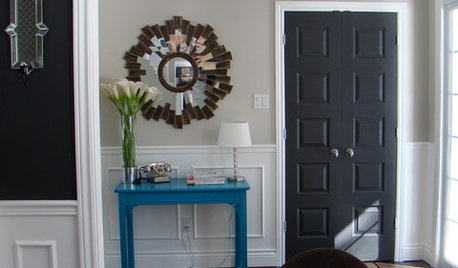
MOST POPULAR11 Reasons to Paint Your Interior Doors Black
Brush on some ebony paint and turn a dull doorway into a model of drop-dead sophistication
Full Story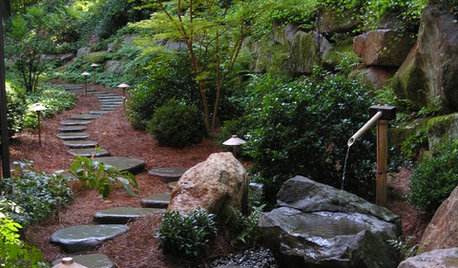
GARDENING GUIDESLowly Mulch Makes Magic in the Garden
Find out why you should be mulching your garden beds and what material is right for your site
Full Story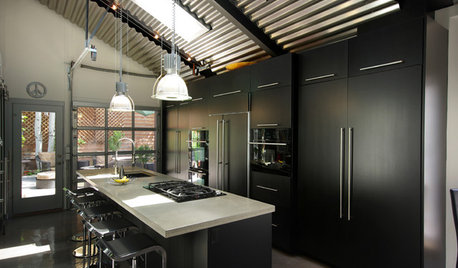
KITCHEN DESIGN10 Smashing Black Kitchens
Looking for something different from an all-white kitchen? Think about going stylishly dark instead
Full Story
CONTEMPORARY HOMESHouzz Tour: Glamorous Home Strikes a Bold Note in Black and White
A new house in suburban Minneapolis looks to Hollywood and Italy for interior inspiration
Full Story
COLOR11 Reasons to Paint Your Ceiling Black
Mask flaws, trick the eye, create drama ... a black ceiling solves a host of design dilemmas while looking smashing
Full Story
CONTEMPORARY HOMESHouzz Tour: Modern Mountain Magic in Asheville
Inspired by their mountain views, a North Carolina couple build their forever home
Full Story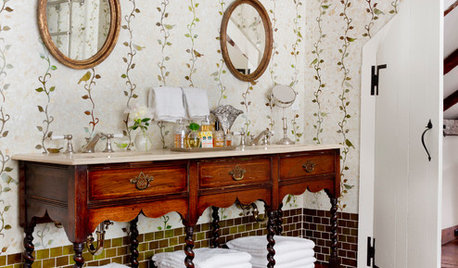
MOST POPULARYou Can Turn That Into a Bathroom Vanity?
Find inspiration in 13 unconventional bathroom vanities that are as functional as the real deal
Full Story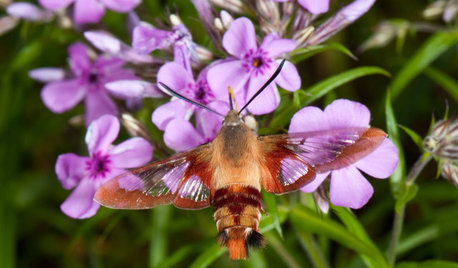
GARDENING GUIDESHummingbird or Moth? See Why You Want Clearwings Around
These fascinating moths may be helpful pollinators for your garden. Here’s how to coax them your way
Full Story
PETS60 Design-Happy Pets From Around the World
Cuteness alert: Furry and feathered friends show off their good design taste in these pet-friendly homes
Full Story
HOME TECHThe Inevitable Future of Drones Around Your Home
As Google joins the push for airborne deliveries, it seems only a matter of time before neighborhoods are buzzing with drones. Is that OK?
Full StoryMore Discussions



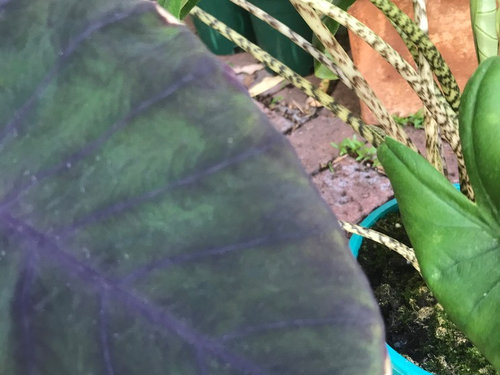
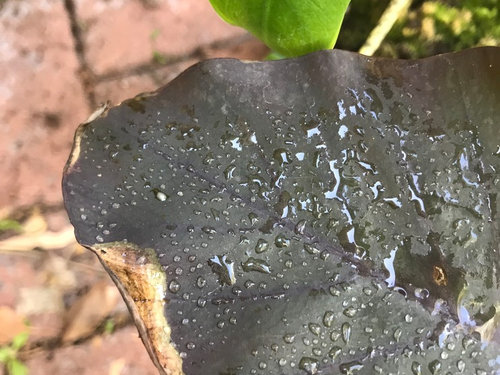


jay